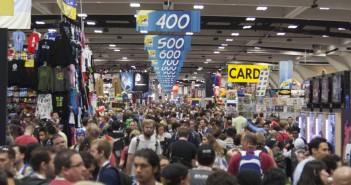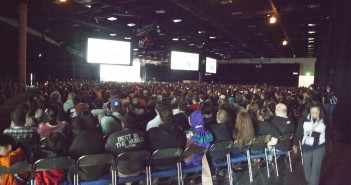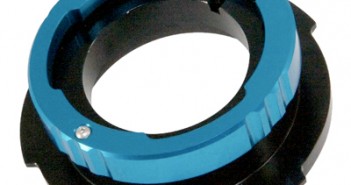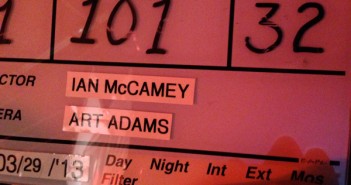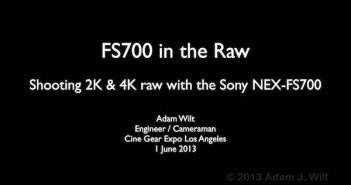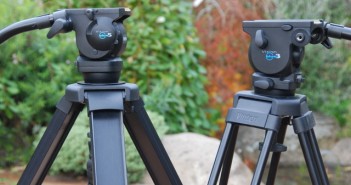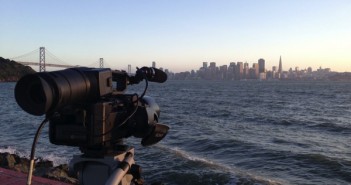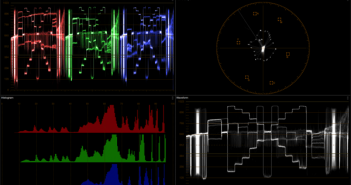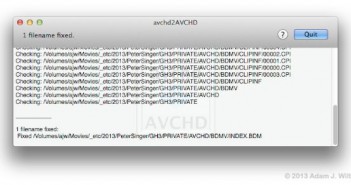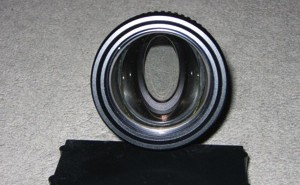
Focus is a huge issue in anamorphic, and everyone on the camera crew has to wrap their heads around which focal length lens does what. For example, in spherical cinematography a 50mm lens delivers a “normal” perspective, but in anamorphic the closest to this is the 80mm. The reason for this is that each anamorphic lens is really two lenses in one: it’s 80mm tall but 40mm wide, for a 2:1 squeeze. A spherical 40mm lens isn’t all that long and focus isn’t that big a deal in the horizontal axis, but the addition of an 80mm lens to the vertical axis cuts depth of field in half. A 40mm spherical lens has reasonable depth of field, but add an 80mm lens into that mix and suddenly you have to pay a LOT of attention just to make sure medium shots are in focus.

